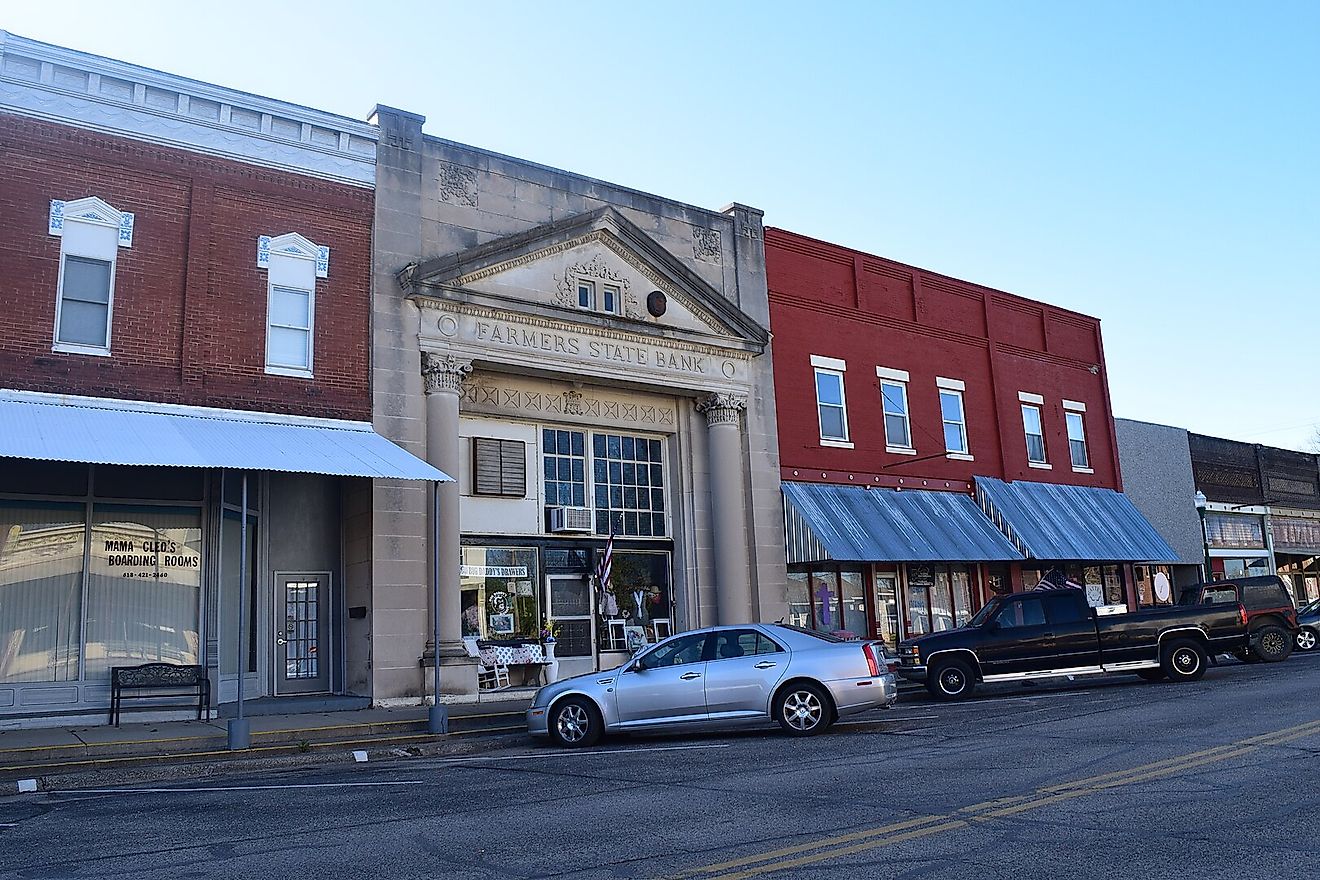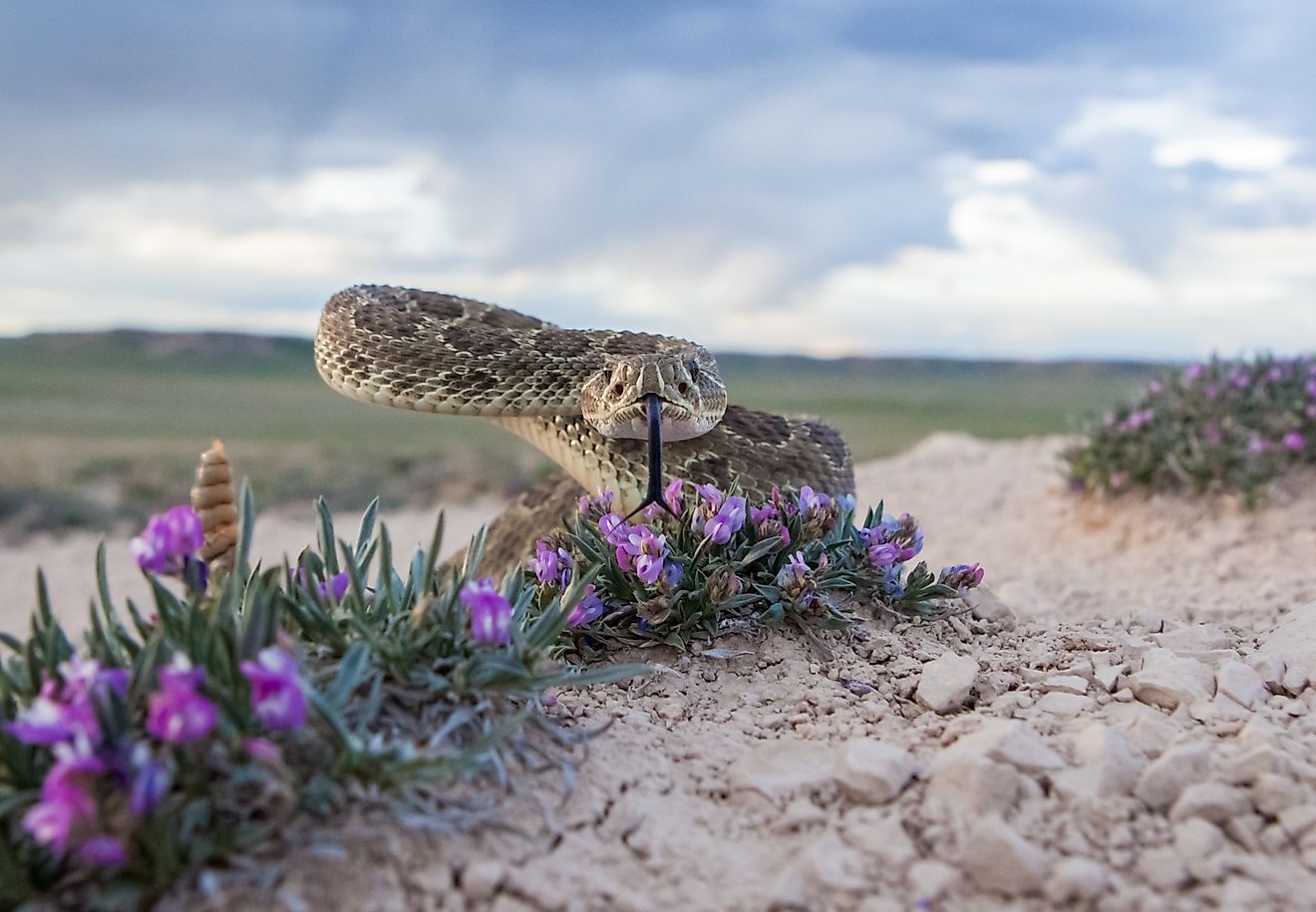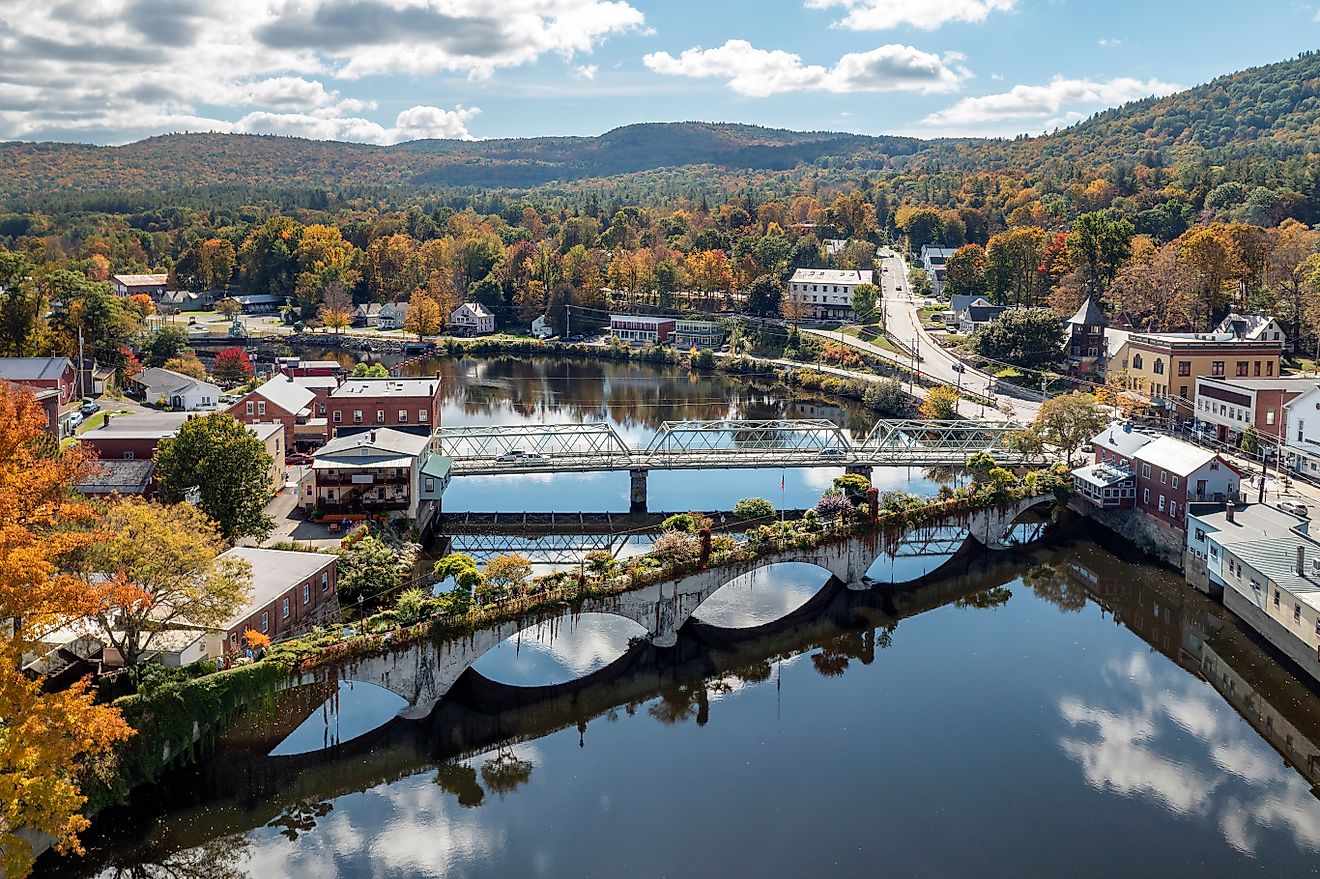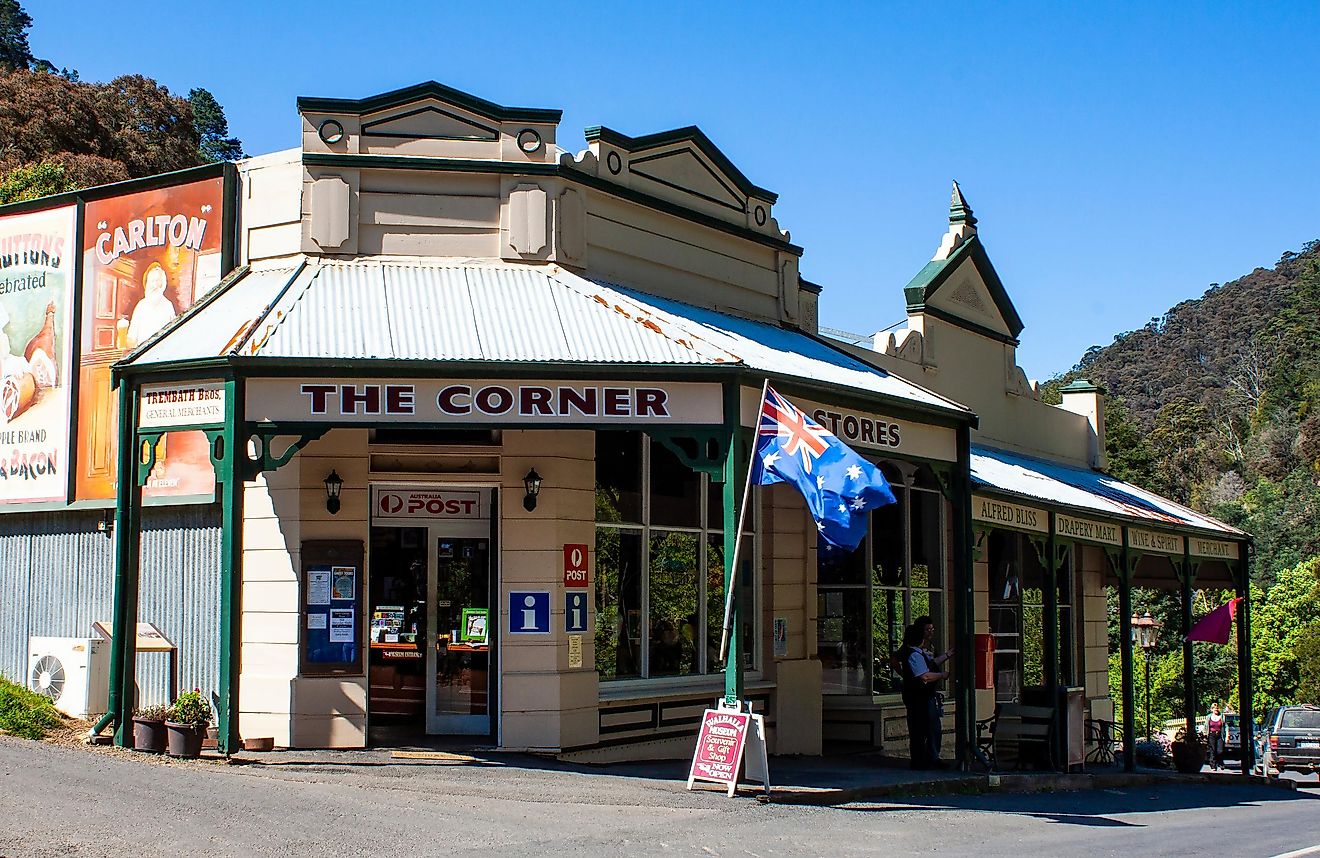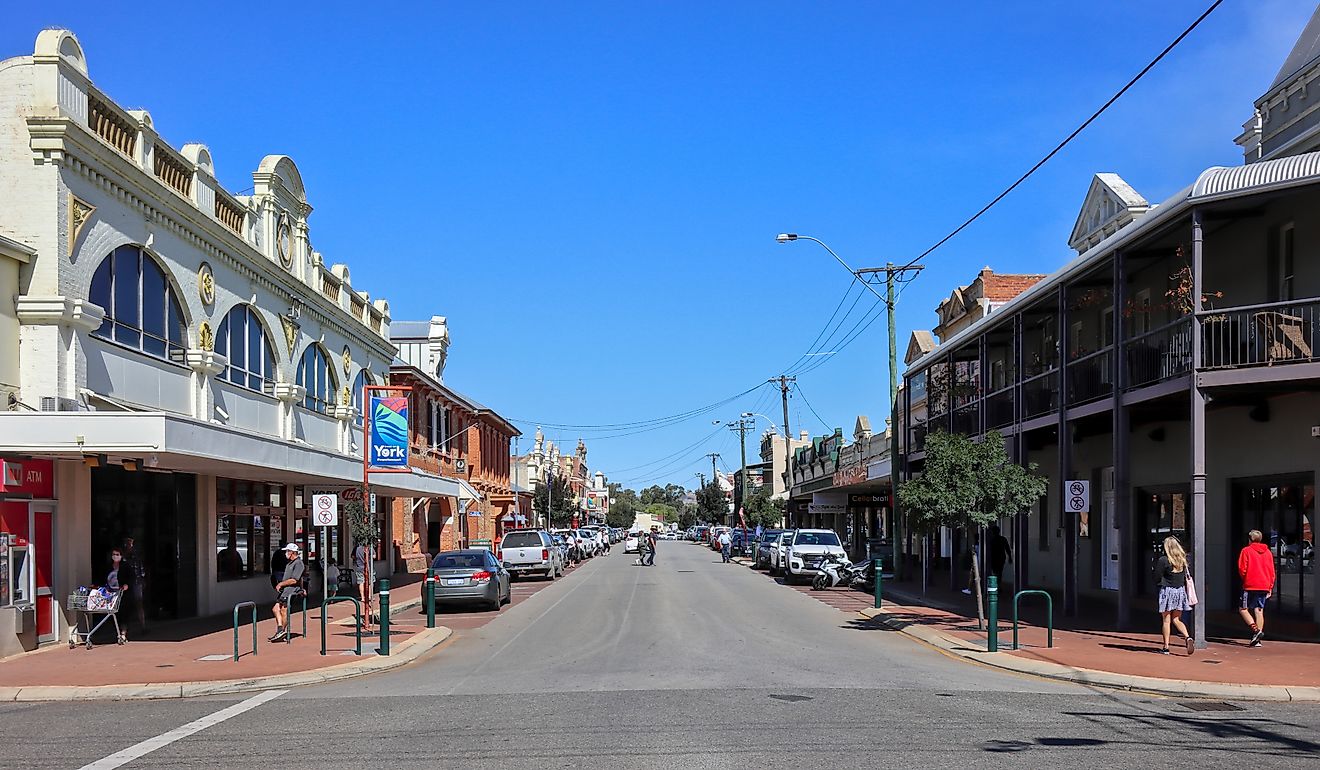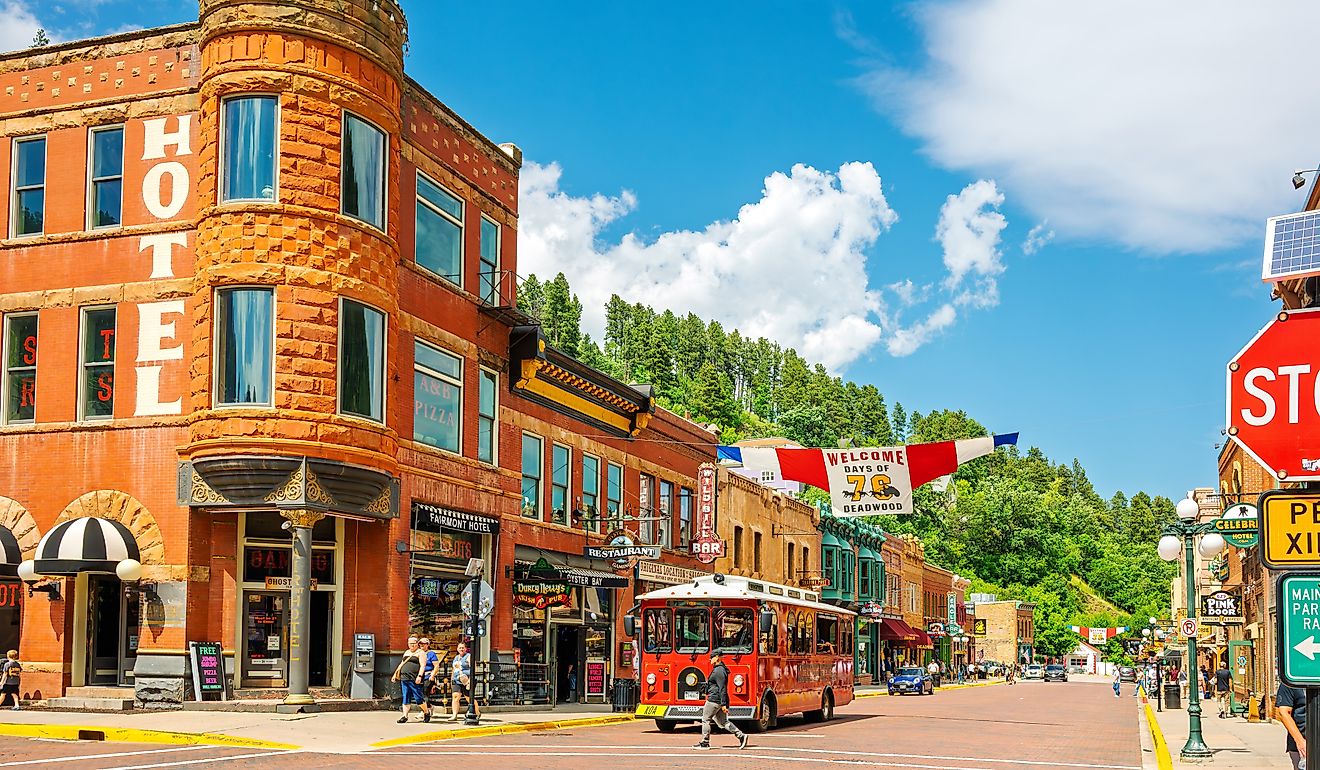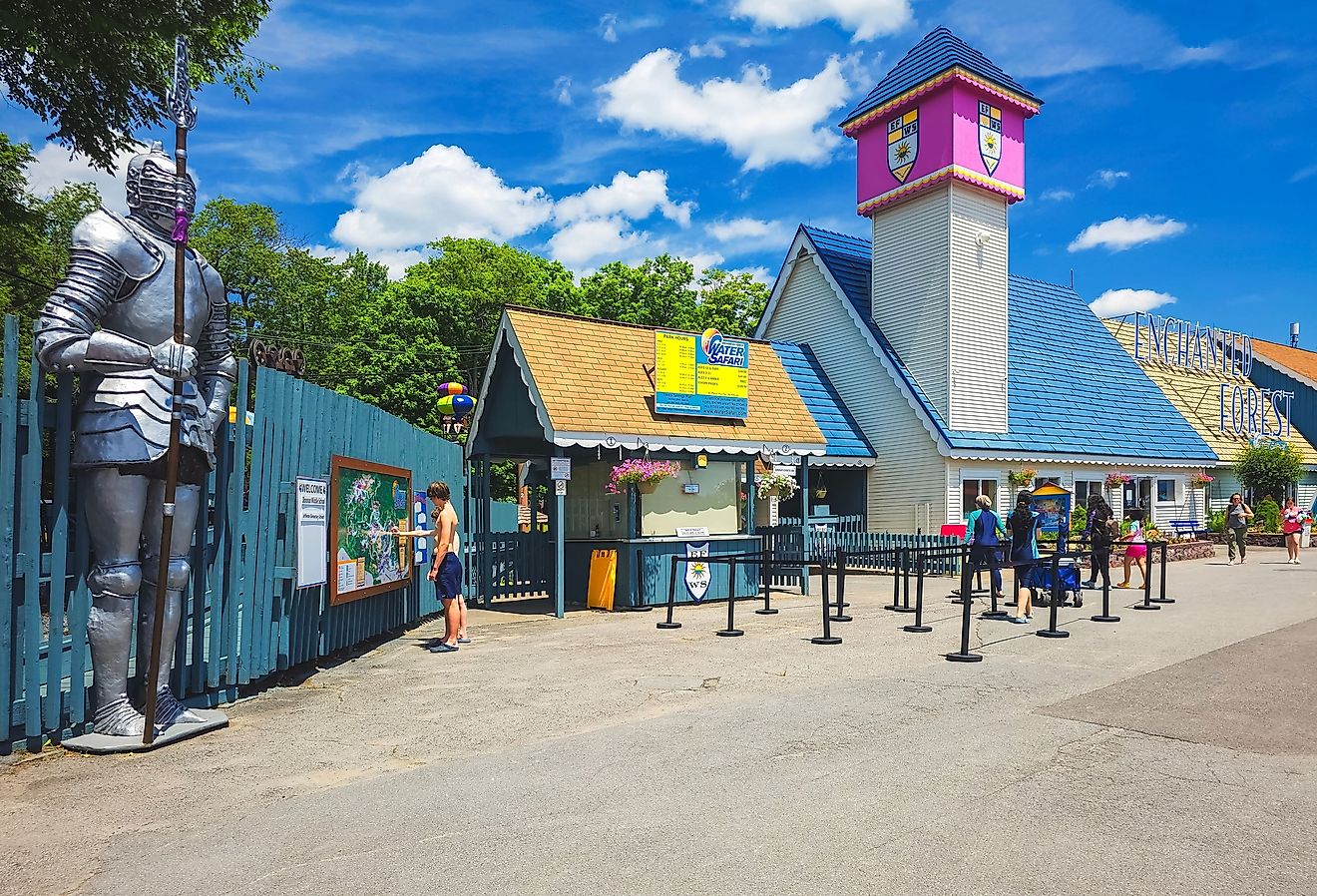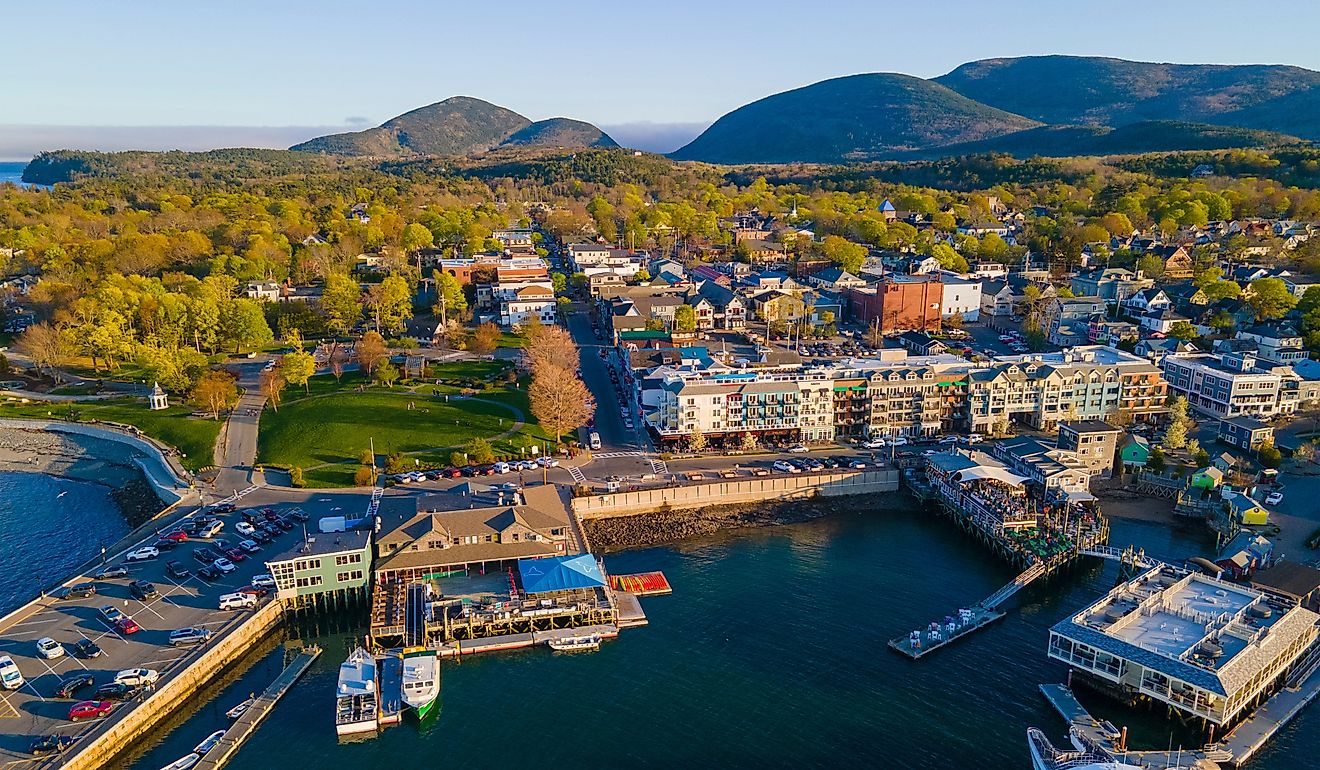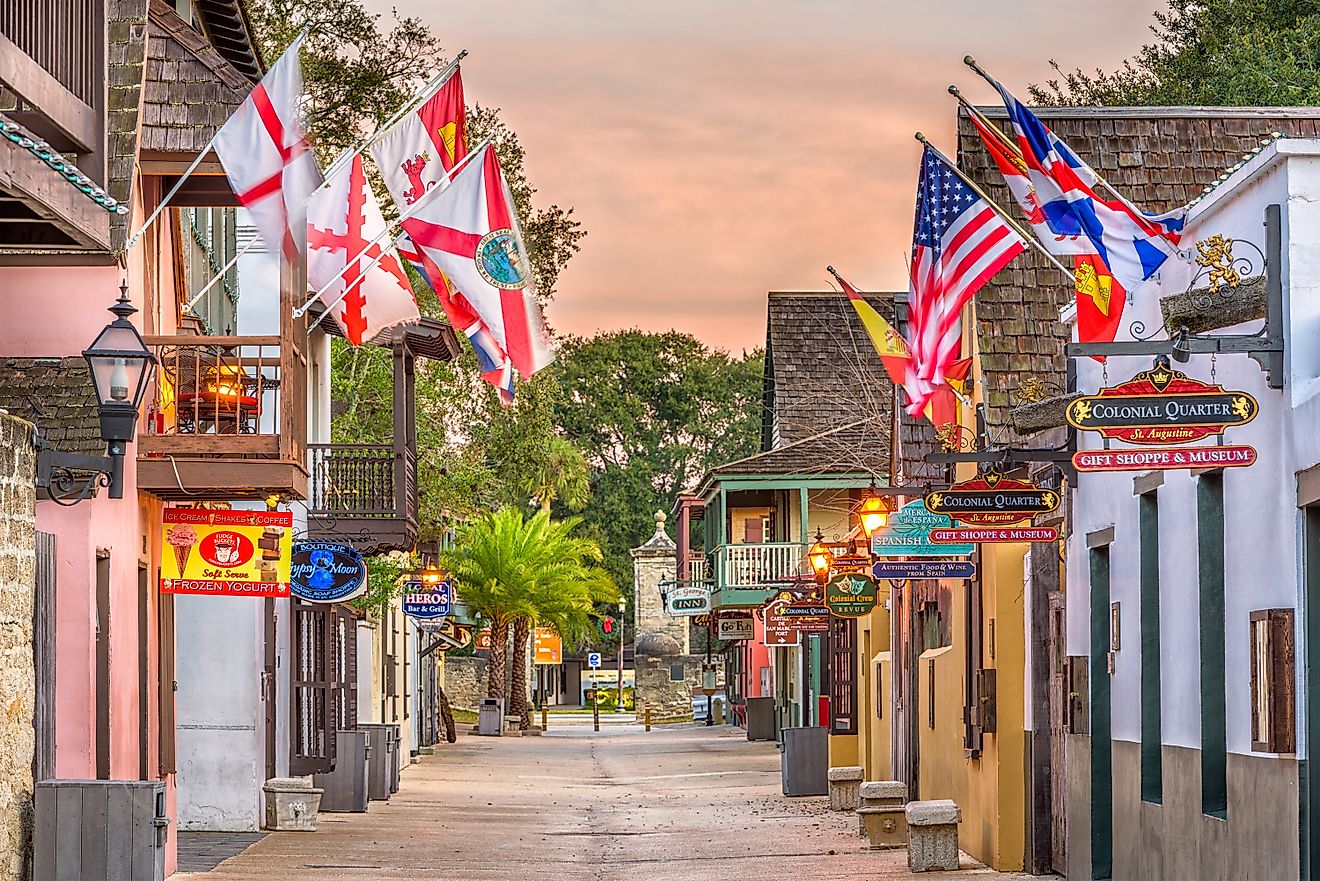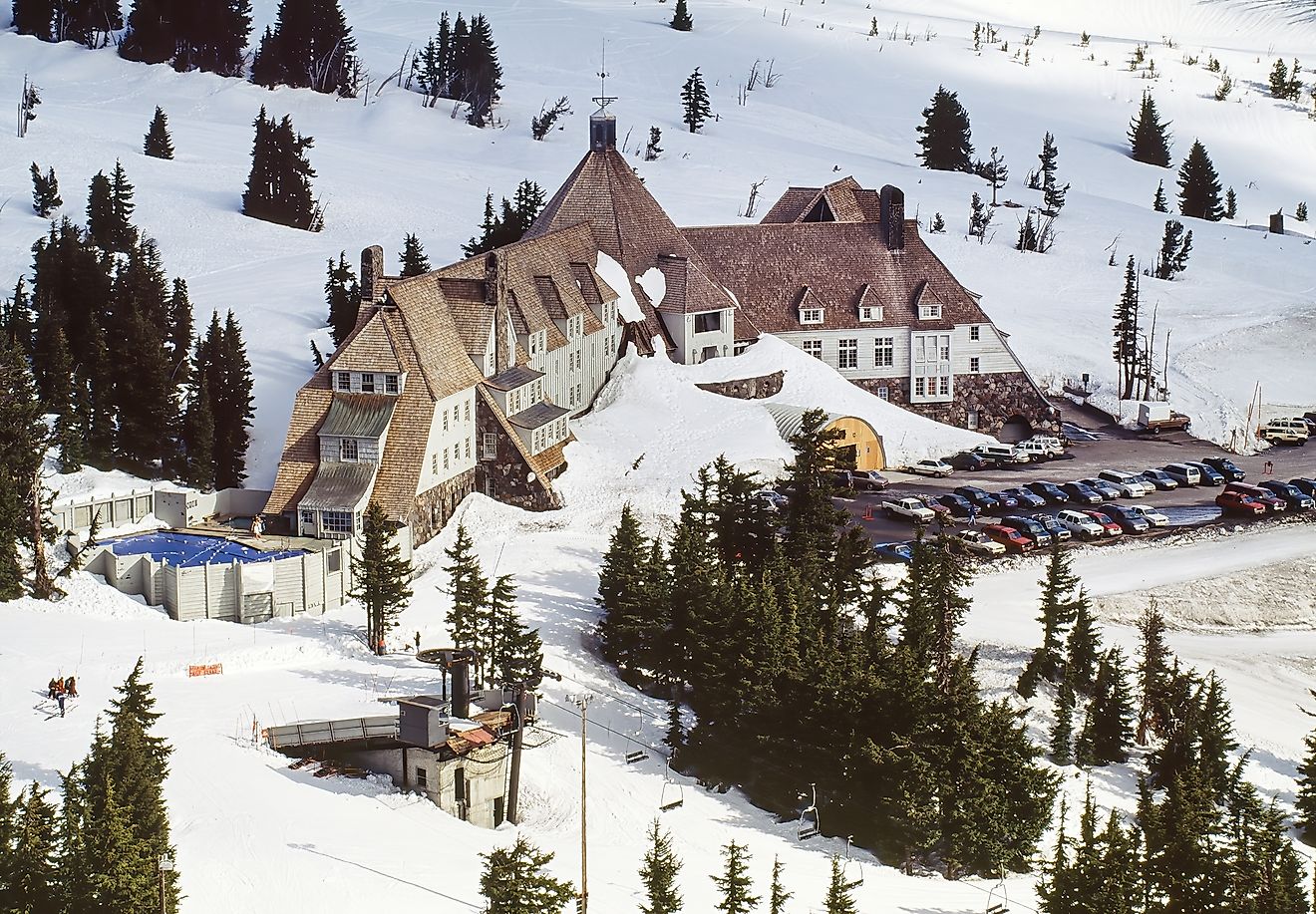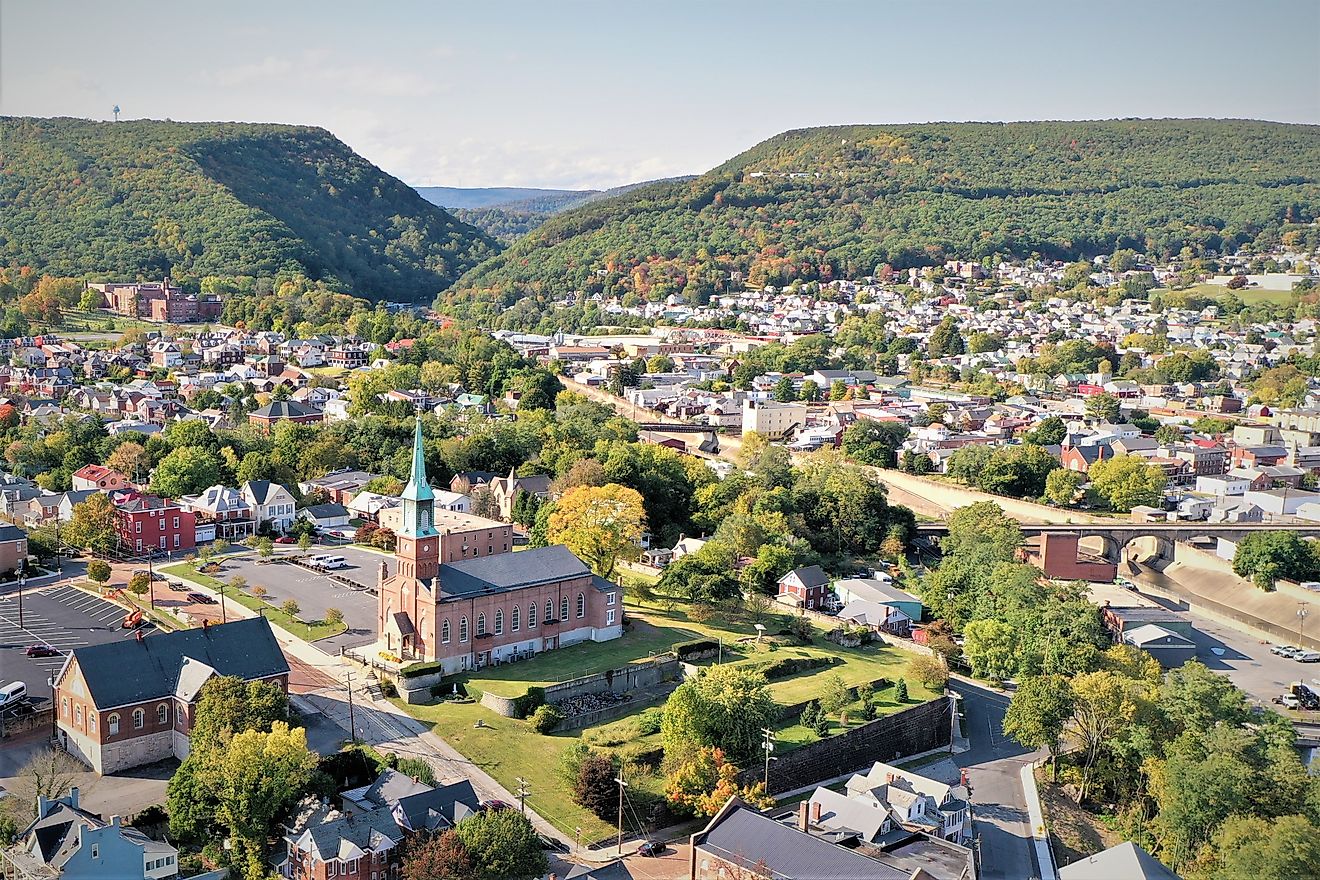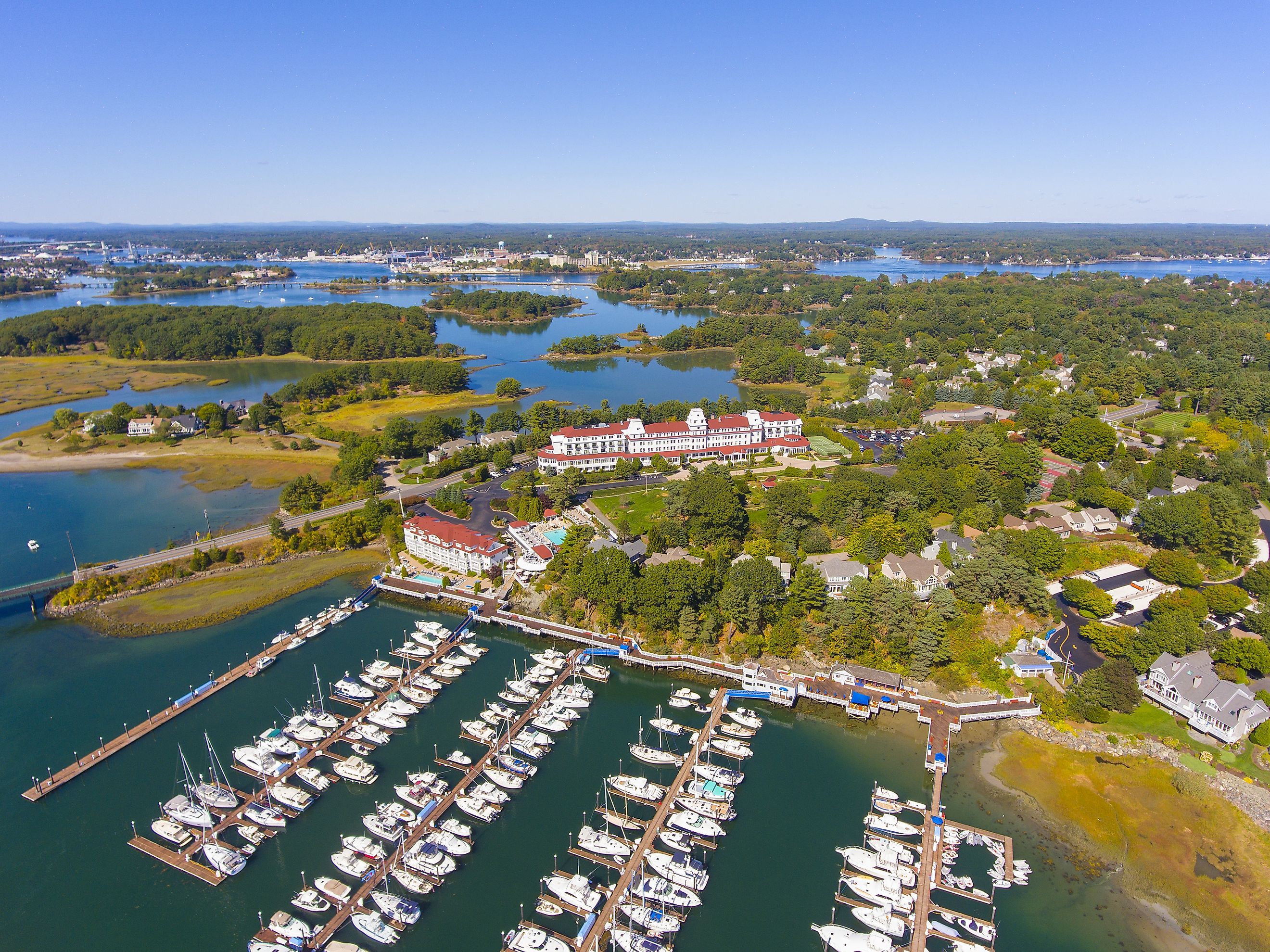
7 Off-The-Grid New Hampshire Towns To Visit In 2025
Known as the ‘live free’ state, New Hampshire is the perfect place to get off-grid, inspired, and adventurous. These charming small towns offer gorgeous scenery, natural attractions, and historical sights — all with a hefty dose of the famous New England hospitality. Take a road trip around some of the state’s oldest and most iconic covered bridges, hike the soaring peaks of the White Mountains, get lost in the North Country backwoods, see where Robert Frost penned his poems, and explore a coastal fort. Whatever you get up to in these off-the-grid towns, you’ll come home refreshed and ready for anything.
Sugar Hill
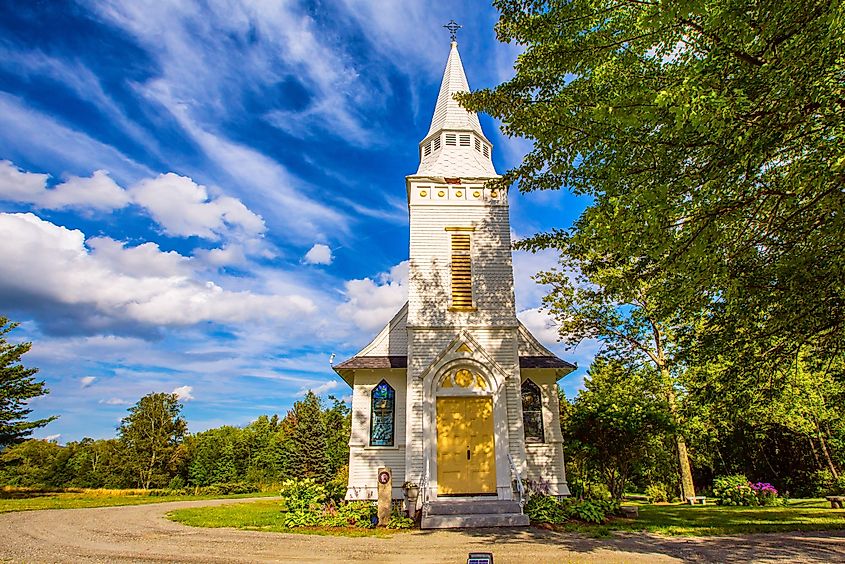
A tiny town nestled in New Hampshire’s White Mountains region, Sugar Hill promises dazzling scenery and plenty of outdoor attractions. Every June, the fields around the village burst into pink and purple blooms thanks to its high concentration of lupine wildflowers.
Don’t worry if you’re a winter visitor; there’s striking scenery in the cold weather, along with world-class skiing. Sugar Hill is the site of America’s first ski school — as you explore the town, look out for the historical marker commemorating its establishment. Take to the slopes yourself at nearby Sunset Hill Nordic Ski and Snowshoe Center or the Cannon Mountain Ski Resort, both of which offer lessons and runs for all abilities.
To the south of Sugar Hill lies the sprawling White Mountain National Forest, which offers 6 ski touring areas, 1,200 miles of hiking trails, and 400 miles of snowmobile trails through mountain hardwood forests and rugged alpine peaks. If the weather’s not cooperating, spend an afternoon at the Sugar Hill Historical Museum, open May to October. Located beside the village green, the museum includes two barns, a library, a gallery, and a gift shop.
New Castle
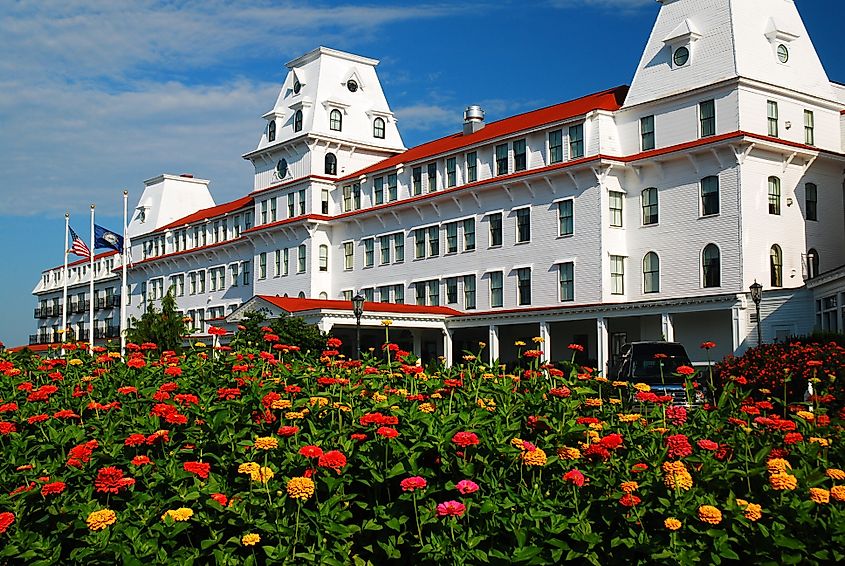
The easternmost town in New Hampshire, New Castle, is perched on an island at the mouth of the Piscataqua River where it meets the Atlantic Ocean. The town, which was founded in 1623, is also the only one in the state that’s composed entirely of islands, making it the perfect place to find serenity. Head for the Great Island Common to see the coastal scenery at its best. This 32-acre park offers expansive, beautiful green spaces, perfect for a picnic, as well as a sandy public beach where you can dip your toes in the ocean.
North of the Common is the imposing structure of Fort Constitution Historic Site. Established in 1631, the fort played a key role in American history. Paul Revere rode to the fort in 1774, warning the colonists of British plans to reinforce the military outpost’s defences. The fort’s three-acre grounds include the Portsmouth Harbour Lighthouse, which dates back to the 1700s.
For more about the history of New Hampshire’s coastal defences and the early days of New Castle’s founding, drop into the New Castle Historical Society Museum on Main Street. Housed in the Old Library Building, this speciality museum features exhibits on forts, lighthouses, and the early peoples of the Piscataqua River. You can also book a historical walking tour to wander the town with a knowledgeable local guide.
Franconia
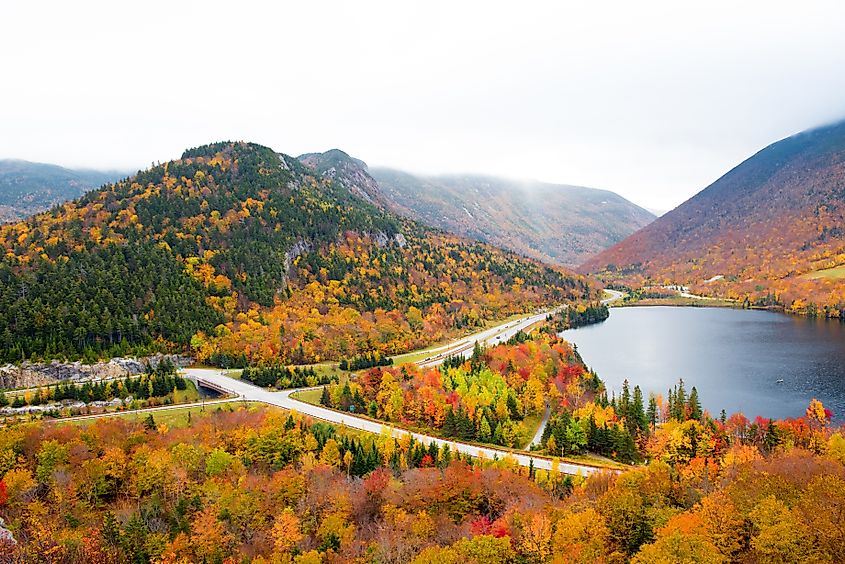
With cascading waterfalls, towering mountains, and lush forests on its doorstep, Franconia is a must-visit if you need a nature reset. The town is minutes away from the Franconia Notch, a breathtaking mountain pass which you can explore at the Franconia Notch State Park, where there are hiking trails, bike paths, and campgrounds.
Be sure to take a trip on the Cannon Mountain Aerial Tramway, an eight-minute cable car ride over the valleys and peaks below. There are walking paths from the top of the tramway to a summit observation station. At the base, you’ll find the New England Ski Museum, which charts the history of the New Hampshire slopes. Get more incredible views while enjoying the water at Echo Lake. Canoes, kayaks, or pedal boats are all available to rent so visitors can swim, fish, and boat on the alpine lake.
Just outside Franconia, on Route 116, you’ll find the trailhead for the 5 mile Coppermine Trail which heads to Bridal Veil Falls. This dazzling 80 ft waterfall is one of Franconia’s hidden natural gems and a great place to snap a vacation photograph. The scenery around Franconia has inspired artists and creatives for generations, one of the most iconic being the former poet laureate Robert Frost. You can see where the poet wrote some of his best work at The Frost Place, his farmhouse outside of town. The property is now a museum and arts center where you can see first editions of his books, learn about his life, or take a poetry trail through the woods.
Hebron
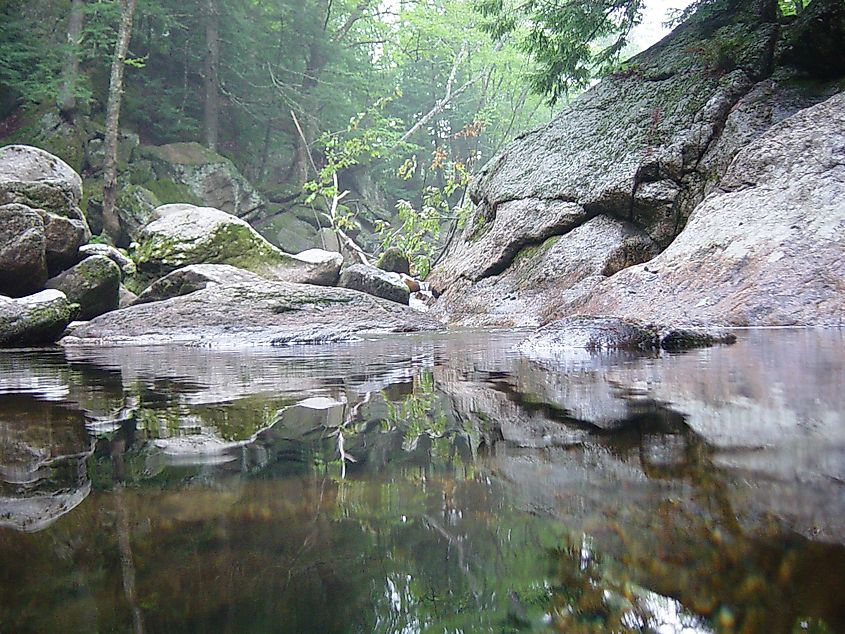
Located on the north end of Newfound Lake, Hebron is a quintessential New England village. Life moves slower here, and the tranquility of the natural surroundings gives the tiny village a laid-back feel. Explore one of the area’s more unusual natural attractions, the Sculptured Rocks Natural Area. A five-minute drive west of Hebron, this 272-acre wilderness features meandering canyons and deep potholes carved out of bedrock. The park’s main trail is an accessible 3.1 km hike through the rocks to the Cockermouth River and back again.
There’s more unusual geology to discover at Polar Caves Park, eight miles north of Hebron. It is the home of nine granite caves formed during the Ice Age. The park has constructed a network of stairs and boardwalks so visitors can walk deep into the caverns. Hebron is a lake town, and on warm days, locals and visitors head for the water. Newfound Lake is New Hampshire’s deepest lake and one of its cleanest, thanks to its spring-fed waters and undeveloped surroundings. Hit the beach, go boating, spend the day fishing, or simply walk the 22 miles of scenic shoreline.
Hikers and birdwatchers will enjoy a day at the Hebron Marsh Wildlife Sanctuary, a 34-acre preserve consisting of open fields, marshes, and lake habitats. The sanctuary has 1.5 miles of hiking trails, from which you can view its resident wildlife. Visit from spring to fall, and you might see Bald Eagles, Osprey, and Common Loons.
Pembroke
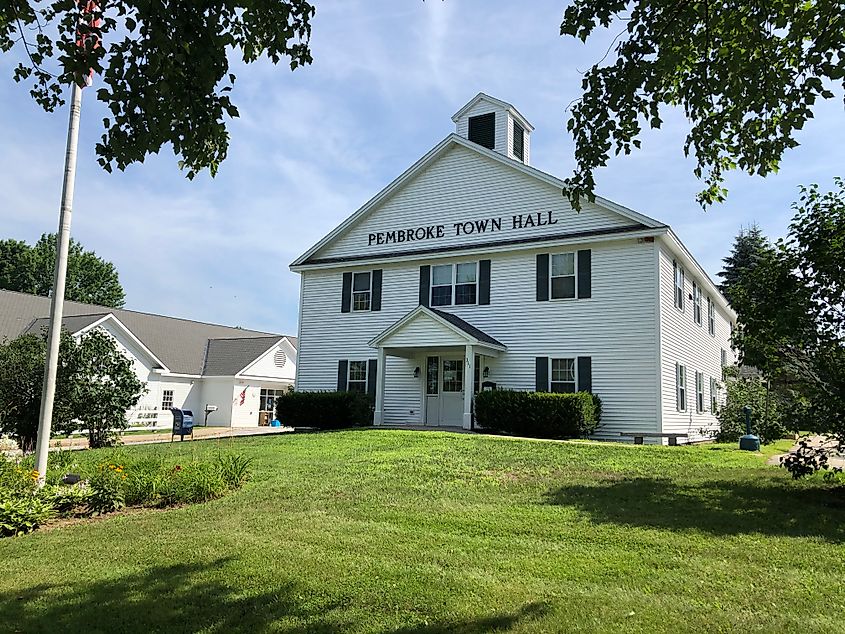
Founded in 1759, Pembroke is a pretty waterfront town east of Concord on the Merrimack River. The town includes part of the historic village of Suncook, which can trace its history back to 1728 and is known as one of the best preserved mill towns in the state. Learn more at the Pembroke Historical Society, where you can pick up a self-guided walking tour of the village.
Pembroke is minutes away from Bear Brook State Park, the largest developed state park in the state. There are 40 miles of trails through the park’s dense forests as well as facilities for camping, archery, and biking. You can also rent boats at the park’s Beaver and Catamount Ponds where you can swim or fish. Bear Brook State Park also features a museum complex in historic Civilian Conservation Corps buildings. The three on-site museums include the New Hampshire Antique Snowmobile Museum and the Bear Brook Camp, both listed on the National Register of Historic Places.
If you’re travelling with kids or young-at-heart adults, make a stop at Charmingfare Farm, just south of the park. At this family-friendly petting zoo you can get cuddly with the friendly farm animals, hit the trails on horseback, take a wagon ride, or join one of the regular seasonal events such as sheep shearing day, maple tapping, or Christmas sleigh rides.
Colebrook
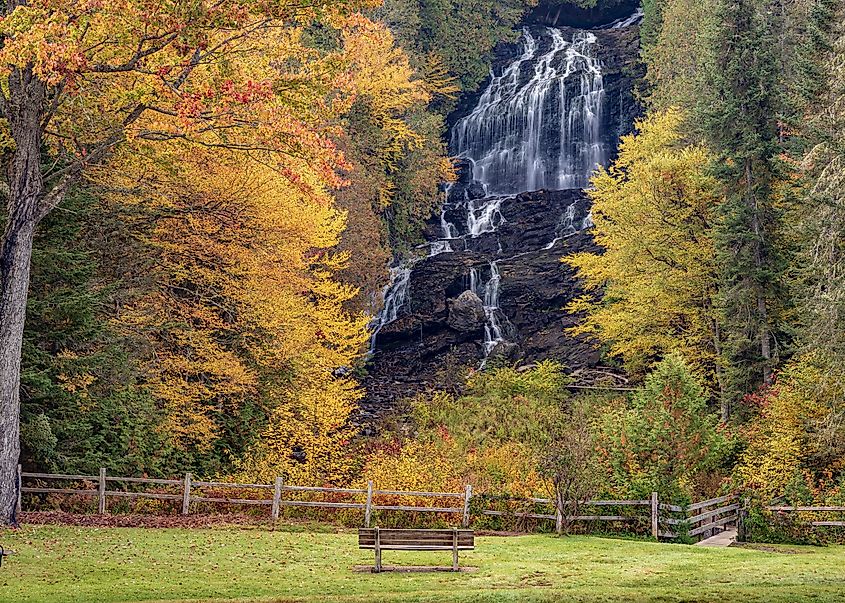
The Great North Woods region of New Hampshire is tailor-made for going offbeat. These dense forests are a vast swathe of wilderness, marking the state’s border with Quebec. If you like the idea of getting lost for the weekend, head for Colebrook, a historic town tucked into the woods that’s attracted hardy adventurers since the 1700s. Colebrook is home to the Beaver Brook Falls Natural Area, home to the must-see Beaver Brook Falls. This impressive waterfall drops 80 feet and is located within a 7.3-acre preserve with hiking trails and picnic facilities.
A short distance north of Beaver Brook Falls is the Poore Family Homestead Historic Farm Museum. A 100-acre site that replicates an 1800s family settlement with authentic homes, barns, and outbuildings. The museum has an extensive collection of historical clothing, artifacts, newspapers, and letters from the civil war era. Take a short drive four miles south of town to see one of New England’s iconic covered bridges. The Columbia Covered Bridge is the last covered bridge along the Connecticut River, connecting New Hampshire with Vermont. In the fall, it’s a beautiful spot to take some vacation photos with the autumnal foliage providing a stunning backdrop. If you’re visiting Colebrook in summer, you might be lucky enough to see the town’s annual North Country Moose Festival. The legendary event includes a moose calling contest, chili cook-off, live music, craft vendors, wagon rides, and a maple syrup tasting contest.
Cornish
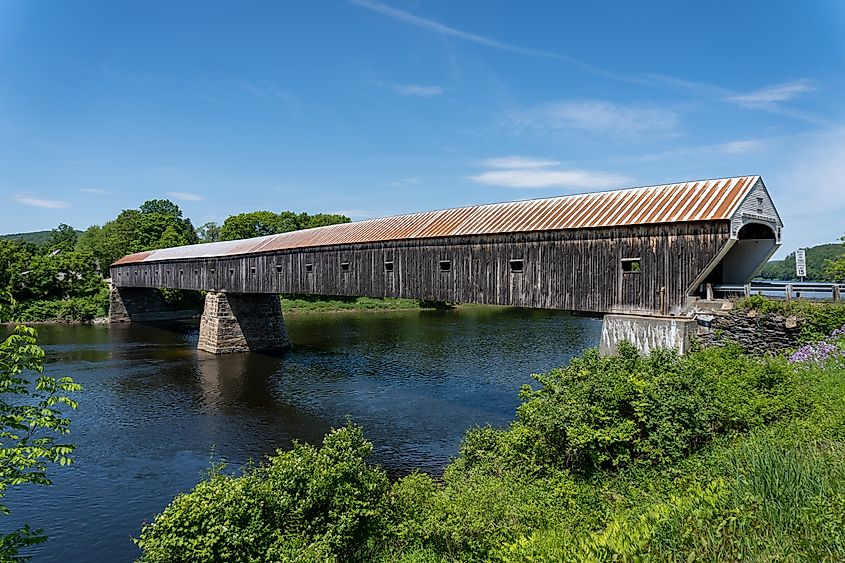
A small town on the banks of the Connecticut River, Cornish was settled in 1763 under its original name ‘Mast Camp’, which came from the tall ships sailing downriver. In the 18th century, Cornish was a thriving artists' retreat, with its tranquil scenery attracting creatives from all over the country. The Cornish Colony was home to painters, sculptors, poets, and others looking to get away from the grind and find their muse.
One such artist was the renowned sculptor Augustus Saint-Gaudens who lived in Cornish in the 1800s. Today, his home and studio are the centerpiece of the Saint-Gaudens National Historic Park, where you can view large bronze sculptures while wandering the beautifully landscaped gardens.
To explore Cornish’s many natural beauty spots, visit the Cornish Town Forest and Cornish State Wildlife Management Area, both of which offer scenic hiking trails with stunning views of the landscape. Climb to the 1,110 ft high rocky overlook in the state forest to enjoy breathtaking views of Mt. Ascutney in the distance. Cornish is also home to four historic covered bridges: the Blacksmith Covered Bridge, Dingleton Hill Covered Bridge, Blow Me Down Bridge, and the Cornish Windsor Covered Bridge. The latter is the longest covered bridge in the country and a must-see for fans of the iconic structures.
Off Grid In The Granite State
Whatever off-grid means to you, New Hampshire has it. From the skyscraping White Mountains to the windswept Atlantic coastline, and from the deep woods of the North Country to the farmfield valleys of the Merrimack River, the state has a timeless beauty that provides the ultimate escape. In this year-round paradise, where you can ski, swim, hike, fish, and camp, it’s easy to get back in touch with nature and away from the stressors of everyday life. New Hampshire welcomes more than 10 million visitors a year, but don’t worry, you can still avoid the crowds in the Granite State. Visit these off-the-beaten-track towns to have a true rustic adventure that will stay with you long after the vacation’s over.

